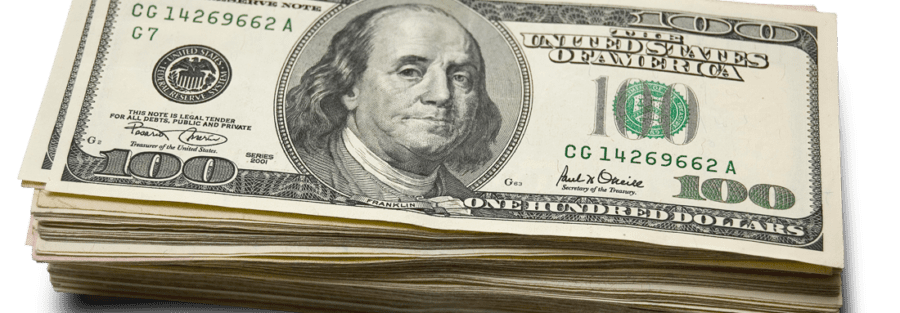Bank of America analysts have expressed confidence in tactically fading the U.S. dollar’s recent rally this week, citing various trend reversal signals and shifts in market dynamics.
In their FX Quant Insight report, the bank highlights key drivers such as declining U.S. Treasury yields, weakened demand for the dollar, and a holiday-shortened trading week in the United States.
“We feel confident in tactically fading the USD rally this week, supported by reversal signals, lower U.S. yields, and the holiday in the U.S.,” the report stated.
The dollar’s gains this month have largely been attributed to trading during U.S. and Asia-based sessions. However, the analysts anticipate subdued activity during U.S. trading hours due to the Thanksgiving holiday, which could temper the momentum behind the greenback’s recent strength.
The report specifically identifies NZD/USD as the most favorable currency pair for fading dollar strength, driven by a bullish outlook based on call option flows and a trend reversal signal in the spot market.
“Our quant framework favors NZD/USD this week, supported by NZD call option flows and a spot trend reversal signal,” the analysts explained.
An improved valuation for the New Zealand dollar adds to its appeal, though BofA warns of potential risks, including the possibility of a more dovish-than-expected Reserve Bank of New Zealand (RBNZ) meeting.
Furthermore, the bank’s technical models indicate USD reversal signals against the New Zealand dollar, British pound, and Swedish krona.
For GBP bulls, BofA recommends positioning for a lower EUR/GBP structure, citing muted demand for EUR call options and several downtrend continuation signals in EUR pairs. A 7-basis-point decline in 10-year U.S. Treasury yields, influenced by the nomination of Treasury Secretary Bessent, further supports a bearish outlook for the dollar.
“Bessent’s advocacy for a more gradual implementation and transactional approach to tariff policies reduces the bullish risk premium on the USD,” the analysts added.





